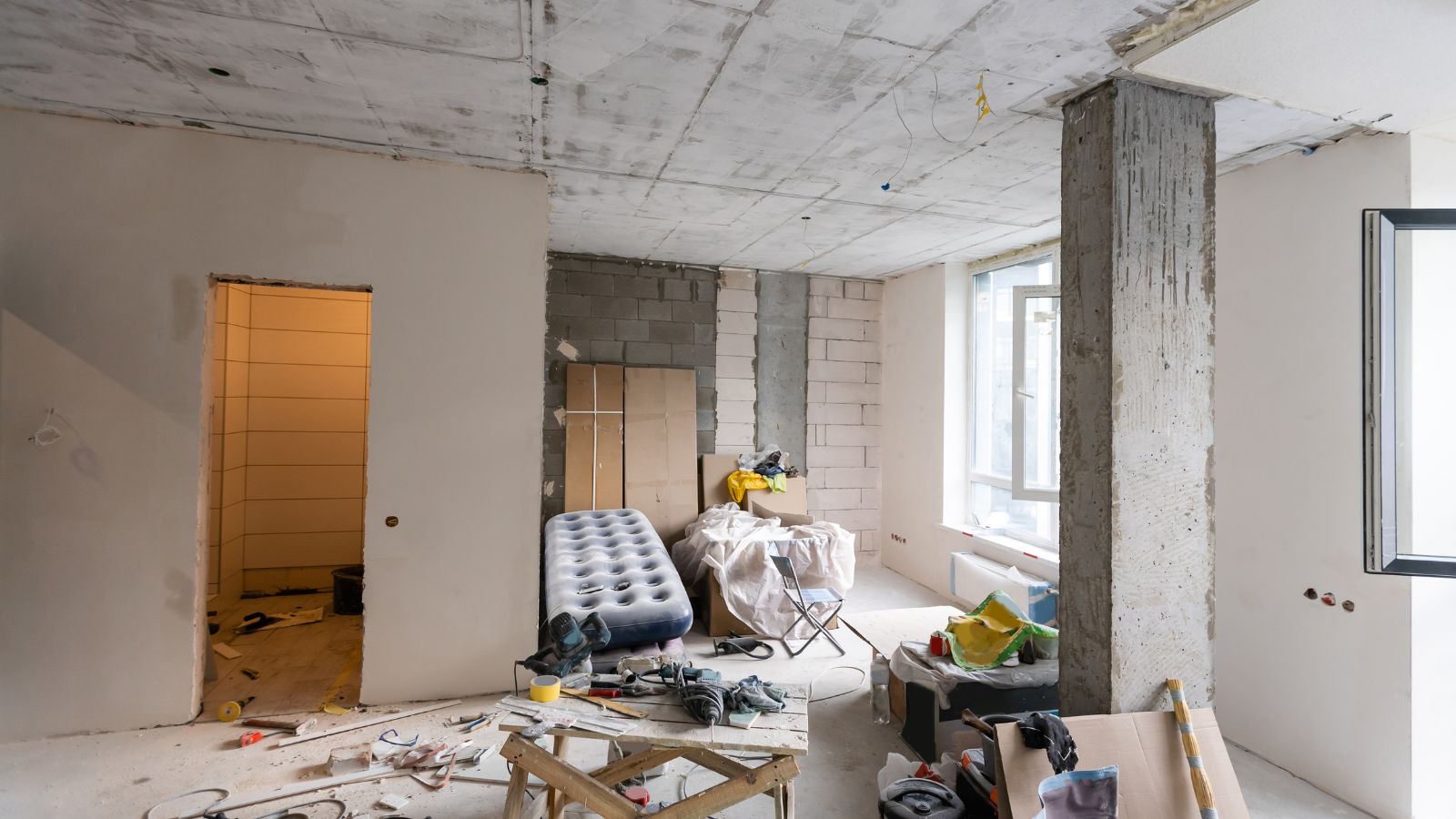Selling a home in a market that favors buyers requires a strategic approach. With more properties available and buyers having the upper hand in negotiations, sellers must position their homes to attract interest and secure strong offers. Pricing, presentation, and marketing all play crucial roles in achieving a successful sale, but understanding how to leverage these elements effectively makes all the difference. Taking the right steps can help a property stand out, generate interest, and sell within a reasonable timeframe—even in a challenging market.

Setting the Right Price from the Start
Pricing is one of the most critical factors in a buyer’s market. With more homes available, buyers have options and will quickly overlook overpriced properties in favor of better deals. A competitive price attracts attention early, increasing the chances of multiple offers or a quicker sale. Setting the price too high can result in long market times, requiring reductions that may weaken negotiating power.
Analyzing comparable sales helps determine the right price. Recent sales in the neighborhood, along with active listings, provide insight into what buyers are willing to pay. Market conditions also influence pricing strategy. If homes are selling slowly, a slight reduction below similar listings may create urgency.
An initial pricing strategy should also account for buyer psychology. Listing at an attractive price point, such as just below a round number, increases the likelihood of appearing in more search results. Additionally, pricing competitively from the beginning avoids the stigma of repeated price cuts, which can make buyers wary.
Working with a knowledgeable real estate professional ensures access to the latest market data and pricing trends. A strong pricing strategy builds confidence with buyers, encouraging serious interest and reducing the time a home spends on the market.
Maximizing Curb Appeal and First Impressions
First impressions matter, especially in a competitive market. Buyers often decide within seconds whether they see potential in a property. A well-maintained and inviting exterior draws attention, while an unkempt one can cause hesitation before they even step inside.
Landscaping plays a key role in curb appeal. A neatly trimmed lawn, fresh mulch, and seasonal flowers add vibrancy. Power washing the driveway and sidewalk removes stains, creating a clean, polished look. Repainting or refreshing the front door with a bold yet tasteful color makes the entrance more welcoming.
Exterior maintenance should also be a priority. Addressing peeling paint, broken shutters, or a damaged roof demonstrates care and upkeep. Updating exterior lighting enhances visibility and makes the home feel inviting in the evening. Adding a new mailbox, house numbers, or a stylish doormat further enhances the entryway.
Small investments can make a significant impact. A home with strong curb appeal signals quality and generates excitement before buyers even enter. The goal is to create a positive emotional response, encouraging buyers to explore further and imagine themselves living in the home.
Making the Interior Shine with Strategic Staging
A well-staged home allows buyers to envision their lives within its walls. Decluttering, depersonalizing, and optimizing each room’s layout create a welcoming environment. Removing excess furniture opens up spaces, making rooms feel larger and more functional.
Neutral color palettes appeal to a broad range of buyers. Fresh paint in soft tones brightens spaces, while cohesive décor enhances flow. Well-placed mirrors reflect light and create an airy feel. Removing personal items, such as family photos or bold artwork, helps buyers focus on the home itself rather than the current owner’s style.
Every detail contributes to a buyer’s perception. Ensuring rooms are well-lit, clean, and pleasantly scented enhances the experience. Soft music and fresh flowers create a warm ambiance during showings. Highlighting key selling points—such as a cozy fireplace, spacious kitchen, or elegant master suite—guides attention to the home’s best features.
Professional staging can be a worthwhile investment, particularly in a buyer’s market. Homes that are thoughtfully presented stand out among the competition, increasing their appeal and desirability.
Investing in Small Upgrades for Maximum Impact
Minor updates can significantly influence buyer perception. While major renovations may not provide a high return in a slow market, strategic upgrades enhance appeal without excessive costs.
Kitchens and bathrooms hold substantial weight in buyer decisions. Updating cabinet hardware, installing modern light fixtures, and replacing outdated faucets offer a refreshed look at a reasonable cost. A fresh coat of paint, especially in neutral tones, instantly modernizes a space. Replacing worn carpeting or refinishing hardwood floors adds further value.
Smart home features appeal to modern buyers. A programmable thermostat, updated security system, or energy-efficient lighting demonstrates attention to convenience and cost savings. These small touches create a perception of value and modern living.
Buyers appreciate homes that feel well-maintained and move-in ready. Even minor improvements signal care and reduce the likelihood of objections during negotiations. Focusing on high-impact updates helps create a favorable impression without overextending the budget.
Enhancing the Listing with High-Quality Marketing
In a market where buyers have choices, compelling marketing makes all the difference. High-quality photos, engaging descriptions, and virtual tours capture attention and generate interest.
Professional photography showcases a home’s best features. Well-lit, high-resolution images make listings more appealing, increasing the likelihood of showings. Virtual tours and video walkthroughs allow buyers to explore the home remotely, reaching a wider audience.
A well-crafted listing description highlights key features and creates an emotional connection. Descriptive yet concise wording emphasizes selling points, such as natural light, storage space, or updated finishes. Highlighting neighborhood amenities and nearby conveniences further enhances appeal.
Expanding marketing efforts across multiple platforms maximizes exposure. Online listings, social media, and email campaigns ensure the property reaches as many potential buyers as possible. Leveraging digital tools and targeted advertising helps attract interest, even in a slower market.
Offering Incentives to Attract Buyers
Buyers often seek the best deal, especially when options are plentiful. Offering incentives can create additional motivation, helping a home stand out among similar listings.
Closing cost assistance is one of the most appealing incentives. Many buyers appreciate help with upfront expenses, making a property more attractive than others requiring higher out-of-pocket costs. A home warranty provides added confidence, reassuring buyers about potential repairs in the first year.
Flexible terms can also be a strong selling point. Accommodating closing timelines or offering to include desirable appliances adds value without major expense. Some sellers consider temporary rate buy-downs to ease buyer concerns about mortgage costs.
While incentives should be strategic, they can make a significant impact in a competitive market. Offering added benefits can tip the scales in a buyer’s decision-making process, increasing the likelihood of a successful sale.
Staying Flexible and Responsive During Negotiations
A buyer’s market often means longer negotiations and lower initial offers. Remaining open to discussions and strategically responding helps secure a favorable outcome.
Understanding buyer motivations is key. Some may prioritize price, while others focus on closing timelines or specific contingencies. Being prepared to negotiate on factors beyond price—such as repairs or included furnishings—can create win-win situations.
Prompt responses to offers demonstrate seriousness and keep the momentum moving. Counteroffers should be realistic while maintaining room for compromise. If an offer falls short, considering a counterproposal rather than outright rejection keeps the conversation open.
While patience is important, overly rigid expectations can lead to missed opportunities. A flexible, solutions-oriented approach helps navigate negotiations effectively, leading to a successful closing.
Finalizing the Sale with a Smooth Closing Process
Once an offer is accepted, ensuring a seamless closing process prevents last-minute delays. Addressing potential roadblocks early, from inspection concerns to financing issues, keeps the transaction on track.
Pre-inspections can uncover and resolve issues in advance, reducing the risk of surprises that might derail the sale. Being proactive with required paperwork and disclosures ensures a smoother experience for all parties involved.
Clear communication with all stakeholders—buyers, agents, and lenders—helps streamline the process. Keeping the home in showing-ready condition until closing ensures no last-minute concerns arise.
A well-managed closing process leaves a positive impression on buyers, reinforcing their confidence in the transaction. Ensuring each step is handled efficiently leads to a successful sale, even in a buyer’s market.
Ready to Sell? Let’s Discuss Your Next Steps
Selling in a buyer’s market requires the right strategy, and preparation makes all the difference. Whether pricing competitively, enhancing presentation or negotiating effectively, every detail contributes to a successful outcome. If you’re considering selling and want expert guidance, reach out to discuss the best approach for your home. Let’s work together to position your property for success and achieve a strong sale in today’s market.





